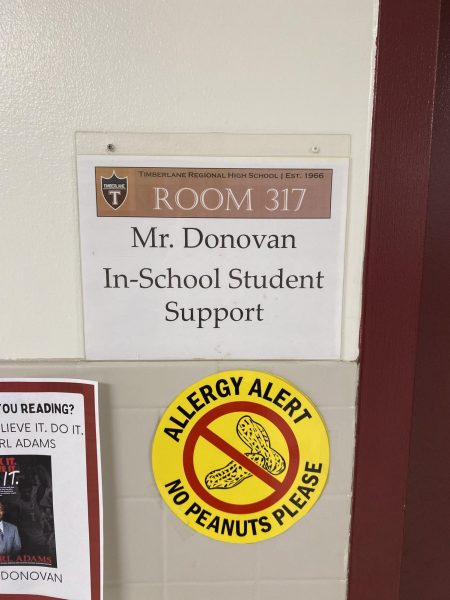COVID-19 and Young People’s Mental Health
March 25, 2022
All statistics in this article are from the Census Bureau’s survey data unless otherwise noted.
The COVID-19 pandemic and its consequences has had pronounced effects on our health, social lives, economy, and perhaps most importantly our mental health. The issue of COVID and mental health has had a massive effect on teenagers and young people. From school closures, quarantining, and the inability to see their peers, COVID restrictions have afflicted various mental health crises among this age group. This article will be talking about the three major issues: depression, anxiety, and substance abuse.
The first major mental health implication regarding COVID has been depression. 56.2% of people under the age of 25 have experienced an increase in depressive and anxiety symptoms. Compared to adults above the age of 25, this rate is almost 10% higher. Prior to the pandemic, young people’s depression was already rising and the pandemic has only made it worse. The rate for depression is higher among those who are racial minorities and women with rates of 45% and 49% compared with 40% for white males. This higher rate was not created by the pandemic, seeing as how those in those groups reported higher symptoms than white males pre pandemic as well. Finally, the rates for those who were considered “essential pandemic workers” is higher than non-essential workers. Although the rate for young people who lost their jobs stands at 32% for depression. This was still smaller than the rate for essential workers which was 53%. See the graph for comparison of adults 18-24 versus those who are older and see the difference in percentages for reported symptoms of anxiety and depression.
Although this article touched on anxiety before, we will take a more in depth look now. Young people who lost their jobs saw their anxiety percentages rise to over 50%. This was especially higher when looking at it by income class and gender. Women and those who made under 40K a year income had rates of almost 60%, whereas men and those who made over 40K a year saw a rate of 51% according to a KFF Health Tracking Poll. Those who made over 90K a year saw rates of slightly less than 50% with a rate at approximately 48%. This suggests that income and your gender could have an effect on your potential to have anxiety or show symptoms of anxiety. Finally, households with children under the age of 18 versus households with children over the age of 18 or none at all hosted higher rates of anxiety as well with 45% to 41% according to the Census Bureau data. This is likely due to school closers and the inability for both parents and students to see their friends and classmates.
Substance abuse was a major problem in our country prior to the pandemic, but increased due to COVID. 13% of young people under the age of 18 reported new or increased symptoms of substance abuse due to COVID 19, and this was also linked to suicide. Suicidal ideolation also increased by 11%, which was linked to substance abuse. The period from March to May of 2020 saw the most deaths and overdoses during the beginning months of the pandemic, according to KFF polling data. Nearly 11 million people under the age of 25 struggled with new or increased symptoms of substance abuse during the pandemic. Which was a value never seen as high before. Finally, the rates for communities of color and women reported higher rates of substance use and abuse than those of non-color communities and males.
So, as you can see the issue of mental health and COVID is striking and shocking. These issues will not go away, and it is important we keep resources and options available for those who need them. Included are the numbers for two hotlines below if you ever feel the need to use them and need help with your mental health.
Suicide Hotline: 1-800-273-8255
Substance Abuse Hotline: 1-800-662-4357


